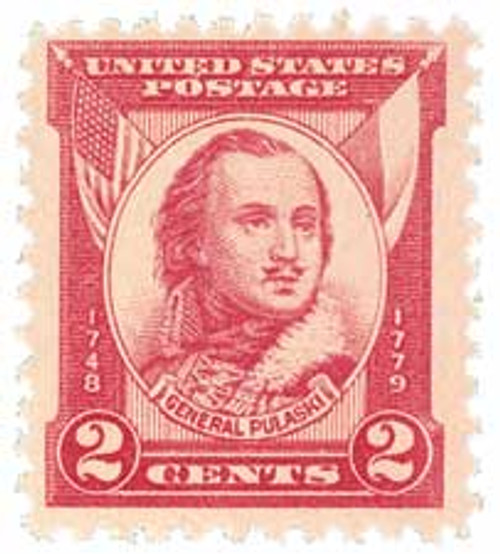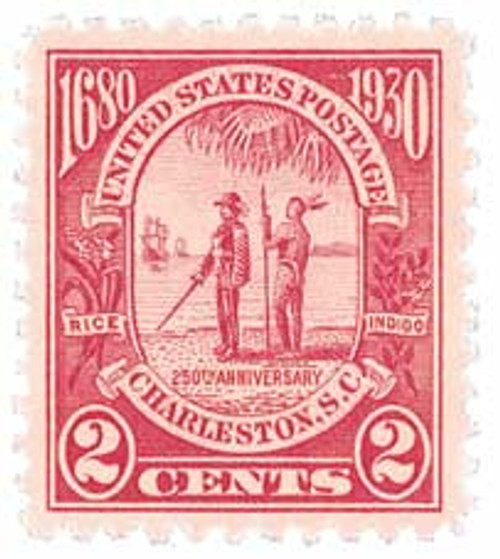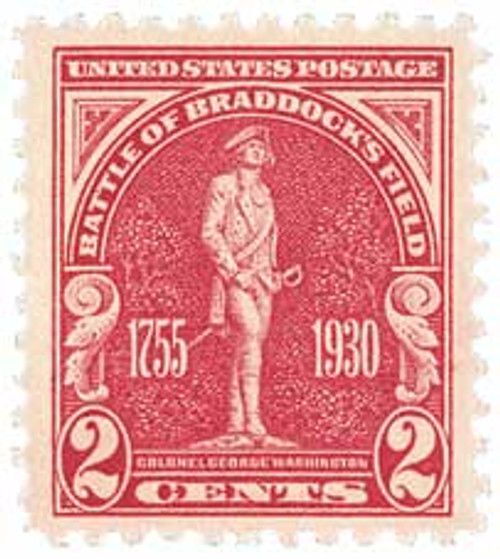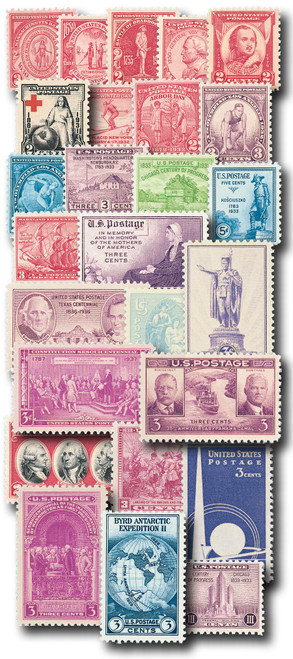
1931 2c General Casimir Pulaski
# 690 - 1931 2c General Casimir Pulaski
MSRP:
Was:
Now:
$0.35 - $99.00
(You save
)
| Image | Condition | Price | Qty | |
|---|---|---|---|---|

|
Classic First Day Cover
ⓘ
Ships in 1-3 business days.
Ships in 1-3 business days.
$ 35.00
|
$ 35.00 |
|
0
|

|
Mint Plate Block
ⓘ
Ships in 1-3 business days.
Ships in 1-3 business days.
$ 17.50
|
$ 17.50 |
|
1
|
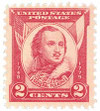
|
Mint Stamp(s)
ⓘ
Ships in 1-3 business days.
Ships in 1-3 business days.
$ 0.70
|
$ 0.70 |
|
2
|

|
Mint Sheet(s)
ⓘ
Usually ships within 30 days.
Usually ships within 30 days.
$ 99.00
|
$ 99.00 |
|
3
|
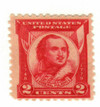
|
Mint Stamp(s)
Fine, Never Hinged
ⓘ
Ships in 1-3 business days.
Ships in 1-3 business days.
$ 1.10
|
$ 1.10 |
|
4
|

|
Used Single Stamp(s)
ⓘ
Ships in 1-3 business days.
Ships in 1-3 business days.
$ 0.40
|
$ 0.40 |
|
5
|

|
Unused Stamp(s)
small flaws
ⓘ
Ships in 1-3 business days.
Ships in 1-3 business days.
Free with 190 Points
$ 0.50
|
$ 0.50 |
|
6
|

|
Used Stamp(s)
small flaws
ⓘ
Ships in 1-3 business days.
Ships in 1-3 business days.
$ 0.35
|
$ 0.35 |
|
7
|
Mounts - Click Here
| Mount | Price | Qty |
|---|
U.S. #690
1931 2¢ General Casmir Pulaski
1931 2¢ General Casmir Pulaski
Issue Date: January 16, 1931
First City: Brooklyn, NY
Quantity Issued: 96,559,400
Commemorates the 150th anniversary of the death of the Polish soldier who organized and led a corps of cavalry in the siege of Savannah in 1779. He was fatally wounded during that conflict.

U.S. #690
1931 2¢ General Casmir Pulaski
1931 2¢ General Casmir Pulaski
Issue Date: January 16, 1931
First City: Brooklyn, NY
Quantity Issued: 96,559,400
Commemorates the 150th anniversary of the death of the Polish soldier who organized and led a corps of cavalry in the siege of Savannah in 1779. He was fatally wounded during that conflict.
!

